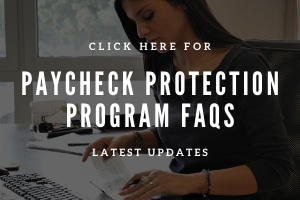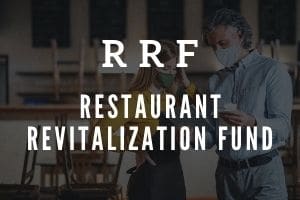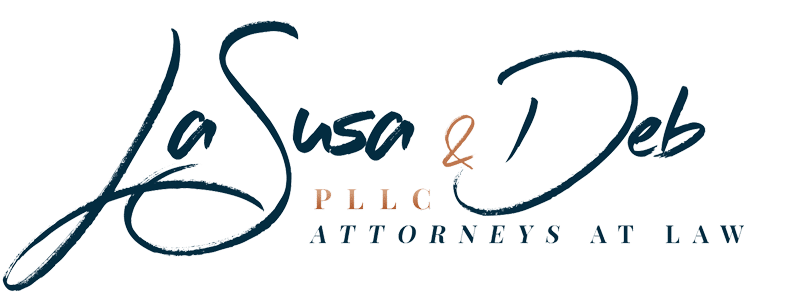Here is a quick update on the status of PPP under the CARES Act, and the delays and difficulties on why small businesses are not getting funding quickly.
Summary of PPP under The CARES Act
On March 27, 2020, the Coronavirus Aid, Relief, and Economic Security Act (a.k.a., CARES Act) was signed into law introducing funding with the goal of preventing job loss and small business failuer due to lossed caused by the COVID-19 pandemic. One feature of the CARES Act provides qualifying small businesses, sole proprietors, independent contractors, nonprofit organizations, veterans organizations, and tribal businesses forgivable loans up to $10 million to cover payroll and other costs. This is known as the Paycheck Protection Program (a.k.a., PPP). The SBA has authorized a wide variety of financial institutions to make the PPP loans.
- April 3, 2020 – Small businesses and sole proprietorships can start applying for and receive loans
- April 10, 2020 – Independent contractors and self-employed individuals can start applying for and receive loans
- June 30, 2020 – The last day to apply for and receive a loan. Keep in mind that the $349 billion allocated to PPP under the CARES Act may be exhausted before this date. PPP loans are made on a first-come, first-served basis so prospective borrowers are encouraged to apply asap.
For frequently asked questions of PPP, see the Treasury Dept’s PPP FAQs. The FAQs provide additional clarification regarding the interpretation of the CARES Act, including guidance on how to calculate “payroll costs” and how a relationship with a third-party payroll provider and/or Professional Employer Organization (“PEO”) should be viewed for purposes of the PPP.
Small Businesses
- A few received their funds while many – that applied and their loans accepted – are still waiting and unsure of specific date of funding.
- Some banks have turned away businesses, or are not taking applications, or have not started accepting applications.
- Some banks require that you have a checking account, a credit card, and a previous loan to be considered while other banks require that you need to be an establised customer.
Banks
- Most banks want to be certain they don’t end up with bad loans on their books even though the government is promising to guarantee the loans.
- Banks are prioritizing exisitng customers because they don’t require additonal paperwork and often focus on customers who have a solid track record.
- Another hold up is due to a legal issue that requires a promissory not for each loan. It wasn’t clear until April 8, 2020, whether banks should use their own contracts or ones drafted by the SBA since PPP is a government program.
- Hundreds of thousands of applications are approved but are getting hung up at the SBA for technical issues.
Small Business Administration (SBA)
- The Treasury Dept promised that PPP money could go to businesses the same day their application was approved. That didn’t happen.
- As of April 8, 2020, the SBA has received more than 381,000 applications valued at $100 billion. Not many businesses are receiving that money yet.
- One of the reason is a technical problem where their system was inundated with application and it stopped working on Monday. After the fix, the system is up and running.
- For context, banks were submitting applications in a single day what they typically do in six months. Also, the SBA system normally approves loan applications in a matter of weeks, not days.
Get Updates on The CARES Act
For business owners and nonprofits, stay updated with information relating to The CARES Act and SBA Disaster Relief Loans.
Subscribe for Updates




